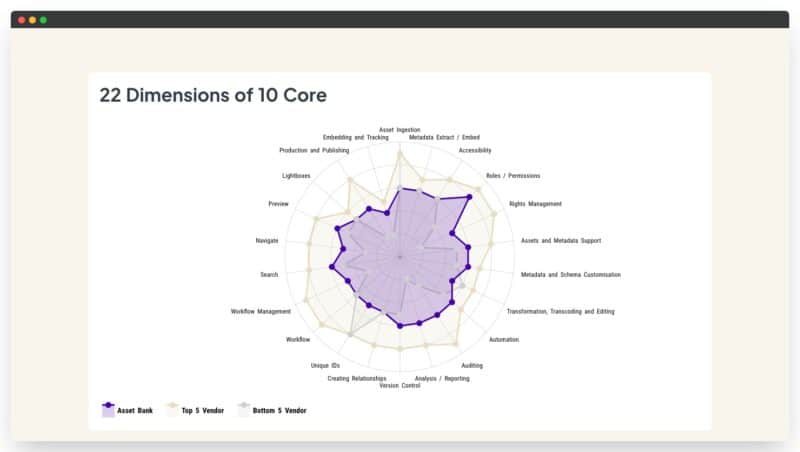This is part one of an ongoing series.
Fact 1: Digital Asset Management is a metadata engine
Digital Asset Management is a metadata engine, that can dive your content through a myriad of channels on a ton of devices with the automation and analytics your business needs to compete today and in future digital ecosystems.
Digital Asset Management is a complex business. Search and findability is even more complicated. Personalisation on the right channel, with the right message at the right time, is nearly impossible without a sophisticated approach to the content lifecycle. Let’s Fix that.
For the last few years, I have been hearing from many people around the globe struggling with their DAM initiatives. Usually, it lacks management buy-in and understanding, a data-centric strategy, resources, data modelling and sometimes the DAM vendor overpromising and underdelivering. Mostly, however, it is down to the preparedness of the client looking for a DAM system.
One of my peers within the industry, Chris Rewey, nails the problem succinctly:
“The technology itself is 10% of the decision, and the balance is the readiness (or lack thereof) of the buyer. Most companies don’t like to admit to lack of preparedness, siloed stakeholders, reluctance to change, and no overall digital transformation strategy, but those four factors determine whether the initiative is successful.
“There is an abundance of capable DAMs but a scarcity of companies able to truly reap the benefits of a capable DAM. I have overseen the negotiations for over 600 DAMs, many of them for Fortune 500 companies, and I can say that only a tiny handful are using the DAM to capacity. The myth remains strong that new technology is the solution to the problem, while the problem rests instead with the disconnected actions flowing from the company’s vision.”
Mistake 1: Everyone goes looking for a vendor first

DAM is a little different from buying a traditional piece of software to run your workflows and processes. DAM is not only a software tool; it is a strategy that needs project management, change management and a vision, with the right resources necessary to drive it.
Many companies cover the DAM market, from high-end analyst firms, consulting agencies, and the crowd’s power. Each adds its own twist on vendor capabilities, yet to date, none offer the ability to take an end to end view of not just the content lifecycle, but the foundations needed to build a people-centric, user-focused metadata approach to the ideation, creation, curation and analysis of content and data in the modern organisation.
In the coming weeks, we will be looking through each aspect of DAM from a strategic standpoint, what the client needs to do in terms of preparedness, getting management buy-in with the right metrics, including the project management implications of an end to end content lifecycle process.
Ultimately the prepping for implementation, migration and integration into the marketing tech stacks and other business-critical downstream systems is crucial. We will go deep around the implications of governance and, more specifically, metadata.

Digital Asset Management done right is a transformational metadata engine whose reach and scope can change how companies plan, ideate, create, execute and analyse the entire content life cycle from end to end.
In the next post, we will be looking at the core aspects of solving the DAM conundrum as a strategic imperative. After all, how many of us do not engage, use and reuse content daily.
The post The Digital Asset Management conundrum and how to fix it appeared first on MarTech.

0 Comments